 Welcome
Welcome
“May all be happy, may all be healed, may all be at peace and may no one ever suffer."
Breast cysts
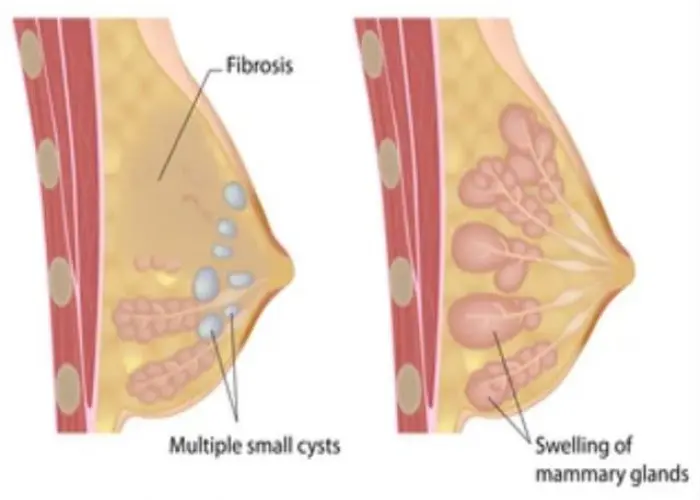
Breast cysts are fluid-filled sacs that can develop in the breast tissue. They are a common benign (non-cancerous) condition that can occur in women of any age. Breast cysts can vary in size and may cause no symptoms or may cause breast pain, tenderness, and swelling. Breast cysts can be detected through imaging tests such as mammography, ultrasound, or MRI. Treatment for breast cysts may not be necessary if they are small and do not cause any symptoms. If a cyst is causing discomfort, a doctor may recommend draining the fluid through a fine needle aspiration procedure. In some cases, surgical removal of the cyst may be necessary. Regular breast self-exams and clinical breast exams can help detect breast cysts early, and prompt medical attention should be sought for any new or changing breast lumps or symptoms.
Research Papers
Disease Signs and Symptoms
- Nipple discharge
- Breast pain
- Breast lump
- A smooth, easily movable round or oval lump that may have smooth edges
- Nipple discharge that may be clear, yellow, straw-colored or dark brown
- An increase in breast lump size and breast tenderness just before the period
Disease Causes
Breast cysts
Each of your breasts contains lobes of glandular tissue, arranged like petals of a daisy. The lobes are divided into smaller lobules that produce milk during pregnancy and breast-feeding. The supporting tissue that gives the breast its shape is made up of fatty tissue and fibrous connective tissue. Breast cysts develop as a result of fluid accumulation inside the glands in the breasts.
Breast cysts may be defined by their size:
- Microcysts may be seen during imaging tests, such as mammography or ultrasound, but are too small to feel.
- Macrocysts are large enough to be felt and can grow to about 1 to 2 inches (2.5 to 5 centimeters) in diameter.
Experts don't know exactly what causes breast cysts. They may develop as a result of hormonal changes from monthly menstruation.
Disease Prevents
Disease Treatments
No treatment is necessary for simple breast cysts — those that are fluid filled and don't cause any symptoms — that are confirmed on breast ultrasound or after a fine-needle aspiration. Many cysts will disappear with no treatment. If a cyst persists, feels firmer or you notice skin changes on the skin over the cyst, follow up with your doctor.
Fine-needle aspiration
Fine-needle aspiration may be used to diagnose and treat a breast cyst if all the fluid can be removed from the cyst during the procedure, and then your breast lump disappears and your symptoms resolve.
For some breast cysts, however, you may need to have fluid drained more than once. Recurrent or new cysts are common. If a breast cyst persists through two to three menstrual cycles and grows larger, see your doctor for further evaluation.
Hormone use
Using birth control pills (oral contraceptives) to regulate your menstrual cycles may help reduce the recurrence of breast cysts. But because of possible significant side effects, birth control pills or other hormone therapy, such as tamoxifen, is usually recommended only for women with severe symptoms. Discontinuing hormone therapy after menopause may also help prevent breast cysts.
Surgery
Surgery to remove a breast cyst is necessary only in unusual circumstances. Surgery may be considered if an uncomfortable breast cyst recurs month after month or if a breast cyst contains blood-tinged fluid or shows other worrisome signs.
Disease Diagnoses
Disease Allopathic Generics
Disease Ayurvedic Generics
Disease Homeopathic Generics
Disease yoga
Breast cysts and Learn More about Diseases

Compulsive gambling

Acute sinusitis
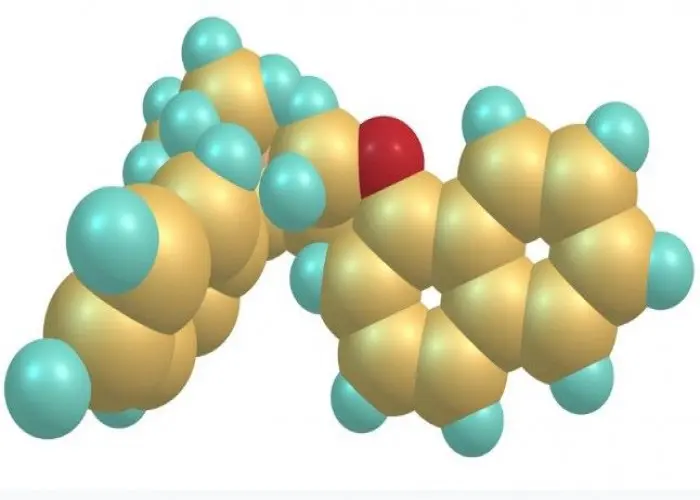
Delayed ejaculation
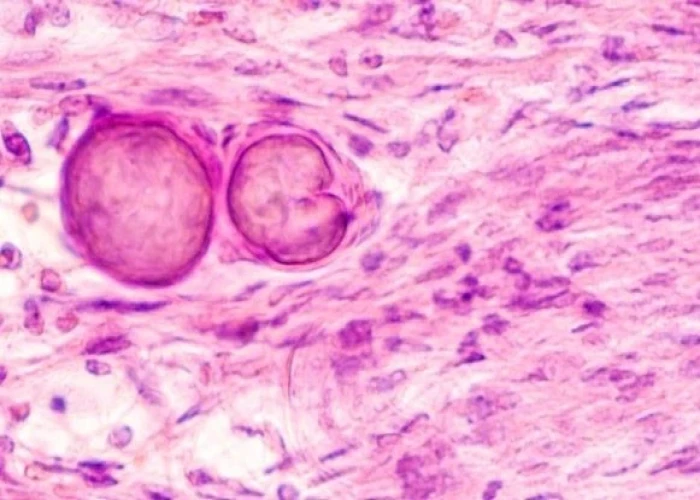
Meningioma
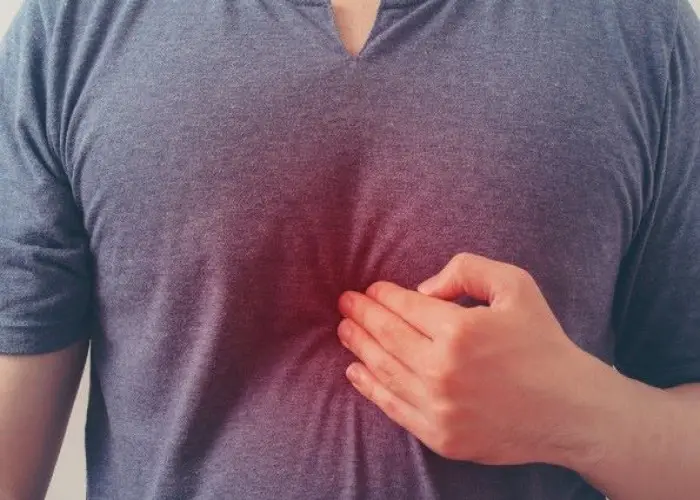
Heartburn (Acidity)

Rectovaginal fistula

Liver hemangioma
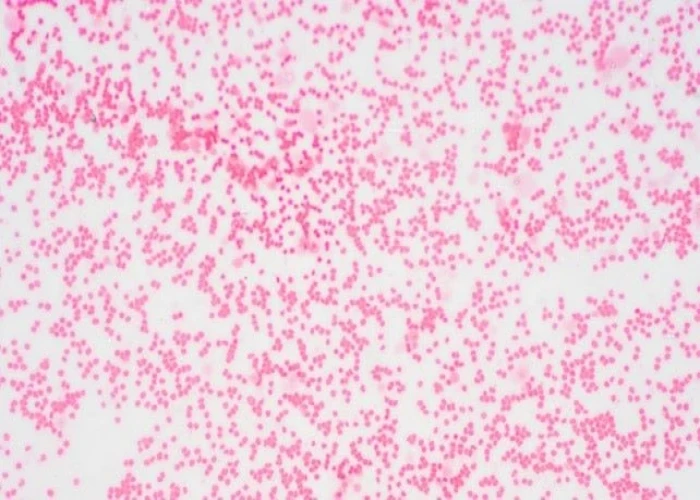
Myelodysplastic syndromes
Breast cysts, Galactocele, Fibrocystic disease of breast, Fibrocystic breast disease treatments, স্তন সিস্ট
To be happy, beautiful, healthy, wealthy, hale and long-lived stay with DM3S.
